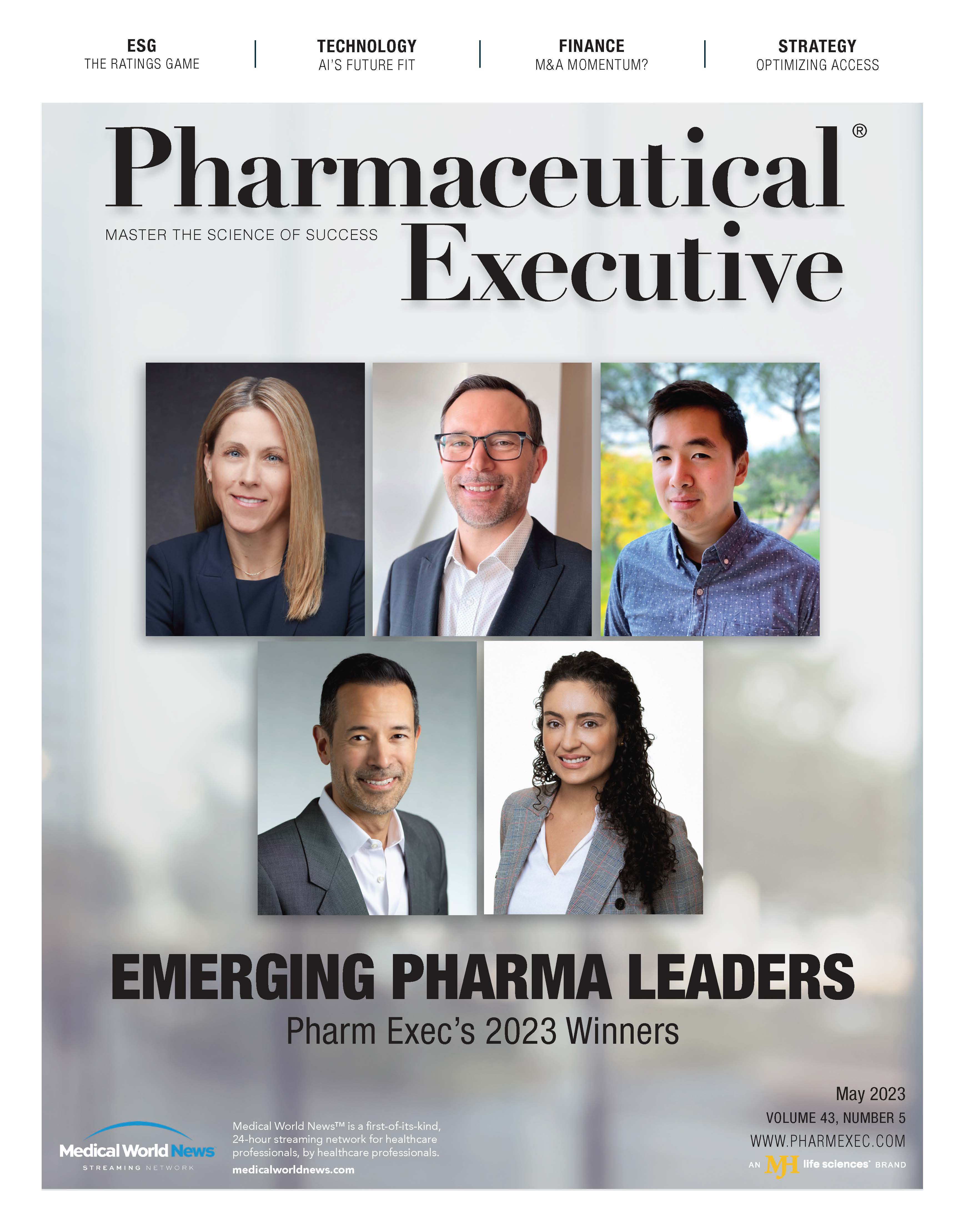A Knack for Problem-Solving | 2023 Emerging Pharma Leader
The recipe for cross-functional collaboration in drug development. (The story of Justin To, chief operating officer, skeletal dysplasias and gene therapy, for Bridge Bio and a 2023 Emerging Pharma Leader.)
Justin To, Chief Operating Officer, Skeletal Dysplasias and Gene Therapy, BridgeBio

When asked about his hobbies outside of work, Justin To excitedly discusses his love for cooking. His skills have progressed since he first took up breadmaking during the pandemic. Now, he makes his own pasta and pizza from scratch. Cooking appeals to him because it’s very scientific—he finds the kitchen similar to working in a lab. To says perfecting recipes is therapeutic for him.
To’s work at BridgeBio is focused on skeletal dysplasia and gene therapies. Now chief operating officer of the two programs, he was one of the biotech’s first employees, although he says he initially passed on the offer.
“I was approached by Neil [Kumar, PhD], the founder and CEO of BridgeBio, and essentially would have been its second or third employee,” says To. “I made the not-so-wise decision to turn it down, and I joined a different company. Upon reflection, I realized I had more of a passion for therapeutics than working on the data and software side of things.” BridgeBio still had an open position for To, and he joined the then-startup in 2017.
Today, To is valued as a cross-functional leader at the company, helping to create connections across different functions, including regulatory, patient advocacy, and those in the labs. He says that his role is patient- and partner-centered and that he tries to incorporate both voices into decisions related to drug development.
“No two days are the same, and we as a company are dealing with very complex issues where there is effectively no correct answer,” says To. “This requires a lot of critical thinking and cross-functional team input to get to the best solution for patients. That’s satisfying because you’re doing things that are essentially uncharted territory.”
To is also proud of how BridgeBio avoids having bureaucracy get in the way of good ideas. Rather than holding frequent governance meetings that he says are more common at larger pharma companies, decisions are made by individuals closest to the science and patients in need, which empowers the people working on a problem to be involved in the solution. This, To believes, allows good ideas to float to the surface, regardless of one’s title, seniority, or experience.
This same attitude can be seen in To’s approach to leadership. “A leader is interested in other people’s experiences and languages,” he says. “What is the language of someone that works in clinical operations? For someone who works cross-functionally, it’s imperative to understand what their roles are like, what objectives they have, and how they see the world. These things determine how they are coming to the table to solve problems.”
To also believes that empathy is critical to being a good leader. It’s important for him to be able to put himself in others’ shoes to truly understand why something is an issue. This also makes it easier for him to listen to people. In To’s experience, people often already have a solution to a problem, they just need someone to listen to them.
To’s career has taught him to be ready to adapt to changes, and the past few years have been a perfect example. As an early employee at BridgeBio, To remembers the days when it was located in a small house in Palo Alto, CA. For him, part of what made the company special was that everyone was constantly running into each other and brainstorming solutions in informal problem-solving sessions.
“With the pandemic, things have changed,” says To. “When you try to do giant Zoom meetings, it makes problem-solving more difficult.” To and his team have found that mixing digital, such as quick, focused check-ins for smaller groups, with larger in-person meetings and strategy brainstorms helps them maintain their collaborative spirit and cross-functional decision-making.
If his career has taught him anything, To says that it’s this: drug development is a long time-scale process. It can take a decade to bring a project from the lab to FDA approval and then to market. Keeping that in mind, To says, much like perfecting his favorite recipes in the kitchen, it’s important to have a dash of patience and always keep long-term goals in mind.
Read about the other 2023 Emerging Pharma Leaders:
